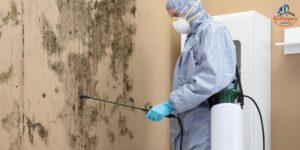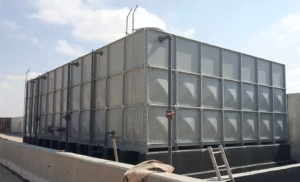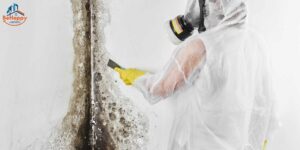
bed bug exoskeleton
Finding a wasp nest on your property can be an unsettling experience. Wasps are aggressive when disturbed, and their stings can be painful or even dangerous for people allergic to them. The first question homeowners face when discovering a wasp nest is whether to tackle the removal themselves or hire a professional exterminator. The decision often comes down to cost, but is DIY really the cheaper option?
Understanding the true cost of wasp nest removal involves more than just looking at prices. There are risks, materials, and time to consider. In this article, we’ll compare DIY wasp removal costs to professional services, highlighting the benefits and risks of each approach.
Understanding the Cost Factors of Wasp Nest Removal
The cost of wasp nest removal varies based on several factors, including:
- Size and Location of the Nest: A small nest under an eave is easier to remove than a large nest inside a wall.
- Wasp Species: Some species, like hornets or yellow jackets, are more aggressive and require specialized handling.
- Tools and Materials: DIY removal requires purchasing sprays, protective gear, and possibly equipment for high-reach nests.
- Risk Factor: Getting stung multiple times could result in medical expenses, making DIY riskier than hiring a professional.
- Professional Service Fees: Pest control companies charge based on the complexity of the removal, usually ranging from $100 to $500.
DIY Wasp Nest Removal: Cost and Risks
Estimated DIY Costs
Removing a wasp nest on your own requires purchasing the necessary supplies. Here’s a breakdown of common costs:
- Wasp spray: $5 – $20 per can
- Protective gear (gloves, goggles, thick clothing): $20 – $50
- Ladder (if needed): $50 – $150
- Other materials (such as plastic bags and long-reach tools): $10 – $30
Total estimated cost: $35 – $250, depending on whether you already own protective equipment and a ladder.
Risks of DIY Wasp Nest Removal
While DIY may seem like a cost-effective option, it comes with serious risks:
- Multiple Stings: Wasps become aggressive when threatened, attacking in swarms.
- Allergic Reactions: An unexpected allergic response to a sting can be life-threatening.
- Ineffective Removal: Killing visible wasps doesn’t always destroy the nest; hidden colonies may continue to grow.
- Structural Damage: If wasps have built a nest inside walls or roofs, improper removal can lead to costly repairs.
Additionally, understanding signs of past pest infestations can be helpful in preventing future issues. For example, noticing dead bed bug shells can indicate an infestation that needs attention.
Hiring Professional Wasp Removal Services
Estimated Professional Costs
Professional exterminators charge varying fees based on the size and location of the nest. Here’s an estimate of common prices:
- Small, accessible nest: $100 – $200
- Large or difficult-to-reach nest: $200 – $500
- Severe infestations requiring multiple treatments: $500+
Benefits of Hiring Experts
- Safety: Professionals have protective gear and expertise to remove nests without personal risk.
- Effectiveness: They use stronger pesticides and removal methods that eliminate wasps completely.
- Prevention: Many pest control companies offer warranties or prevention tips to keep wasps from returning.
- Time-Saving: DIY methods require repeated treatments, while professionals handle the problem quickly and efficiently.
Comparing DIY vs. Professional Removal: Which is Cheaper?
At first glance, DIY wasp nest removal appears cheaper. However, factoring in potential medical expenses from stings, the need for repeated treatments, and possible home repairs, hiring a professional can actually be more cost-effective in the long run.
For example, if a DIY removal fails and wasps rebuild the nest, you may need to buy additional supplies or call in a professional later anyway. Similarly, a sting that leads to a hospital visit can add hundreds of dollars in medical bills. It’s important to weigh these risks before deciding.
Preventing Wasp Infestations
Regardless of whether you choose DIY or professional removal, preventing wasps from nesting in the first place is key. Here are some tips:
- Seal cracks and crevices in walls and roofs.
- Keep trash cans sealed and away from the house.
- Remove food sources, such as sugary spills and exposed pet food.
- Regularly inspect your property for early signs of wasp activity.
- Be aware of pest signs, such as spotting a bed bug exoskeleton, which can indicate infestations in other areas of your home.
Conclusion
While DIY wasp nest removal might seem like an inexpensive solution, the risks and potential hidden costs make it a less attractive option for many homeowners. Professional exterminators provide safer, more effective removal and long-term prevention, making them a worthwhile investment in many cases.
Before deciding on DIY or professional removal, consider the size and location of the nest, your experience with pest control, and the potential risks involved. Sometimes, paying a little more upfront for professional removal can save you from bigger expenses and dangers down the line.






